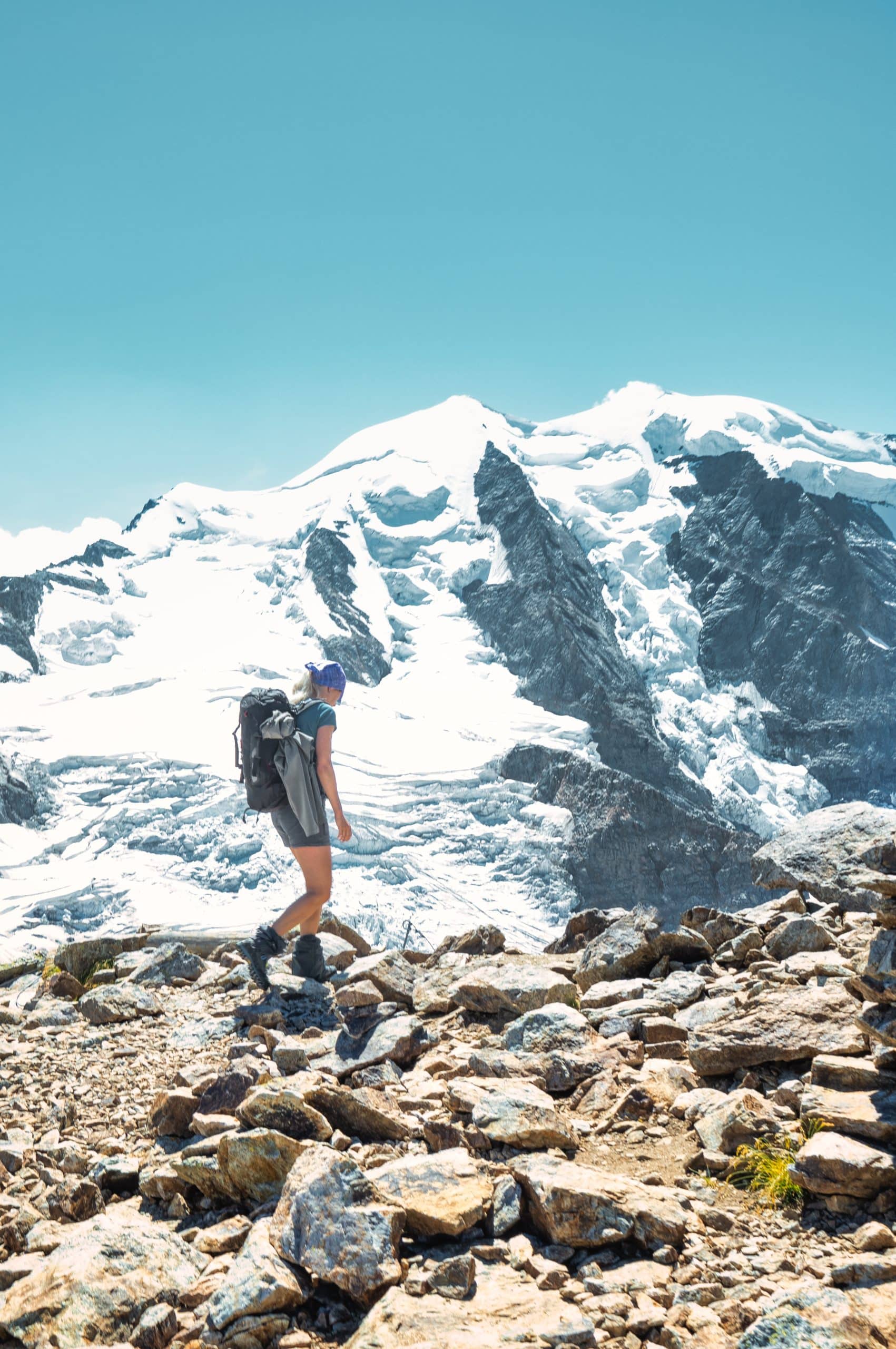Professional athletes are always in search of ways to improve their performance and endurance. One such method that has garnered increased attention over recent years is altitude training, and more specifically, the use of oxygen masks designed to simulate high-altitude conditions. While the benefits of training at altitude have been long acknowledged, the impact of using an altitude mask during VO2 max training in professional cyclists is a topic that warrants further investigation. In this article, we’ll examine the science behind altitude, oxygen, and VO2 max, and delve into the potential benefits of training with an altitude mask.
The Science Behind Altitude and Oxygen
The impact of altitude on the human body has been a subject of inquiry for scientists and athletes alike. When you’re at a high elevation, the air is less dense, which means there’s less oxygen available for your body to use. This lack of oxygen can lead to a number of physiological responses, including an increase in breathing rate and changes in blood oxygen levels.
Dans le meme genre : How Can Three-Dimensional Motion Capture Improve Swing Analysis in Cricket Batsmen?
When you train at high altitudes, you’re effectively forcing your body to acclimate to these conditions, developing a higher capacity to absorb and utilize oxygen. This is where altitude masks come into play; they’re designed to replicate these conditions, potentially providing the benefits of high-altitude training without needing to head for the mountains.
The Role of VO2 Max in Athletic Performance
VO2 max, or maximum oxygen uptake, is a measure of an athlete’s aerobic capacity – the maximum amount of oxygen they can use during intense exercise. It is a critical factor for endurance sports such as cycling, where a high VO2 max can translate to enhanced performance.
A lire en complément : What’s the Best Training Regimen for Building Explosive Power in Sprinters?
Training to increase VO2 max can involve various methods, including high-intensity interval training (HIIT), endurance training, and altitude training. The latter has been shown to stimulate hematopoiesis – the production of red blood cells – thereby improving oxygen-carrying capacity and potentially enhancing VO2 max.
Altitude Masks: A Convenient Alternative to High-Altitude Training?
Altitude masks, also known as elevation masks, are wearable devices that restrict airflow during exercise to simulate high-altitude conditions. They aim to trigger the body’s adaptive responses to low oxygen, thereby enhancing endurance and improving VO2 max.
These masks can be adjusted to simulate different altitudes, allowing athletes to train their bodies to work efficiently under low-oxygen conditions. The convenience of being able to simulate high-altitude training at sea level has made elevation masks a popular tool among athletes.
Impact of Altitude Masks on VO2 Max Training
Whether altitude masks effectively enhance VO2 max is a question that has sparked considerable debate. Some studies suggest that these masks can indeed enhance aerobic capacity, while others argue that the masks do not simulate high-altitude conditions effectively enough to produce significant benefits.
Research indicates that altitude masks can increase breathing efficiency and lung capacity, benefiting endurance athletes like cyclists. Training with these masks can force an athlete’s respiratory muscles to work harder, thus potentially improving their overall performance.
Weighing the Pros and Cons
Like any training tool, altitude masks come with their own set of pros and cons. On the upside, they offer a convenient and cost-effective way to simulate high-altitude training conditions. They can improve breathing efficiency, potentially increase VO2 max, and help athletes prepare for competitions held at high-altitudes.
On the downside, they do not provide an exact replication of high-altitude conditions. The masks restrict oxygen intake, while at high altitudes, the percentage of oxygen in the air remains the same – it’s the air pressure that changes. Therefore, the body’s physiological responses may differ when training with an altitude mask compared to training at high altitudes.
In conclusion, the impact of altitude masks on VO2 max training in professional cyclists is a complex topic that requires further research. However, the potential benefits of these masks, including improved breathing efficiency and the convenience of simulating high-altitude conditions, make them an interesting tool for athletes to explore. The key is to incorporate them wisely into a comprehensive training plan, under the guidance of professionals who understand their usage and implications.
The Physiology of Training with Altitude Masks
The application of altitude masks, also known as hyperoxic training, involves wearing a mask during exercise that restricts the amount of oxygen available. This mimics the effects of training at high altitude, where the air is less dense, thus making oxygen less readily available.
These masks are often adjustable, allowing athletes to vary the simulated altitude and thus the degree of oxygen restriction. Theoretically, by training under these conditions, the body should adapt to function more efficiently under oxygen-deprived conditions, which in turn can boost VO2 max—a key measure of aerobic capacity.
Indeed, the main physiological response to high-altitude training is an increase in the production of red blood cells, enhancing the body’s oxygen-carrying capacity. This reaction is due to the body’s ability to adapt to lower oxygen levels by producing more erythropoietin (EPO)—a hormone that stimulates the formation of red blood cells.
This increase in red blood cell count could lead to an improvement in VO2 max, as athletes’ bodies become better equipped to transport and use oxygen more efficiently. Consequently, this could translate into enhanced endurance performance, particularly in sports such as cycling where a high level of aerobic capacity is essential.
However, it’s worth noting that the physiological response to training with altitude masks is not identical to the response to actual high-altitude training. While the masks restrict the inflow of oxygen, the concentration of oxygen in the air at high altitudes is constant—it’s the air pressure that changes. Therefore, the body’s adaptations to the use of the mask may not be the same as those experienced at high altitudes.
Conclusion: The Altitude Masks’ Potential in Sports Training
The potential of altitude masks to enhance athletic performance, particularly in terms of VO2 max, is a topic that has sparked much debate and research. While there is some evidence to suggest that these masks can improve breathing efficiency and lung capacity, their ability to simulate the physiological response to high-altitude training is limited.
Nevertheless, the convenience of being able to simulate high-altitude training at sea level, coupled with their cost-effectiveness as compared to travel or special altitude training facilities, makes altitude masks a potentially valuable tool in an athlete’s training arsenal.
Importantly, these masks should not be seen as a stand-alone solution for improving VO2 max. Rather, they should be used as part of a well-rounded and scientifically-informed training program. High-intensity interval training, structured endurance training, and strength and conditioning work all have pivotal roles to play in enhancing aerobic capacity.
Moreover, it’s also essential for athletes to seek professional guidance when incorporating altitude masks into their training routines. Understanding how to correctly use the mask and interpret the body’s response is crucial for ensuring safe and effective training.
In summary, while altitude masks may not perfectly mimic high-altitude conditions, their potential benefits should not be overlooked. Though more research is needed in this area, it appears that these masks may present an accessible and convenient way for professional cyclists and other endurance athletes to experiment with the effects of altitude training and potentially enhance their performance.











